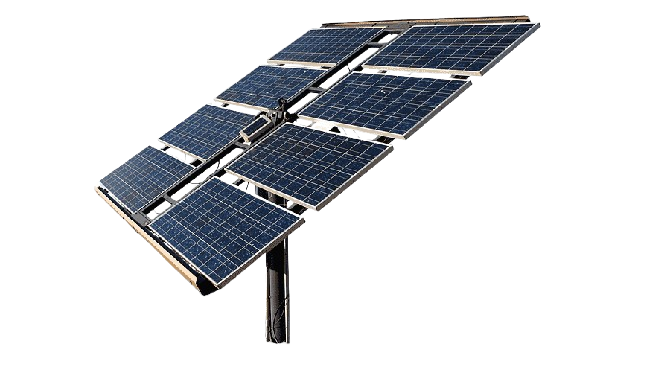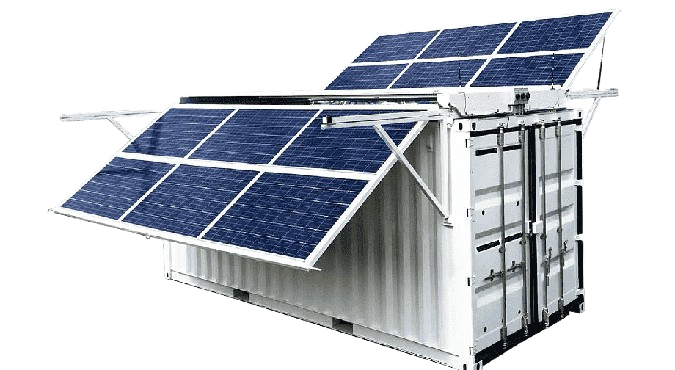Switching to solar energy is more than just a green choice; it's also a wise financial decision. With government incentives and savings from lower electricity costs, investing in solar can provide long-term returns. But what is the key to maximizing ROI? Accessing the appropriate subsidies, tax breaks, and local programs. Here's you
Introduction Switching to solar energy is more than just a green choice; it's also a wise financial decision. With government incentives and savings from lower electricity costs, investing in solar can provide long-term returns. But what is the key to maximizing ROI? Accessing the appropriate subsidies, tax breaks, and local programs. Here's your guide to discovering all of the ways to increase your solar payoff, especially if you live in Dhanbad or anywhere in Jharkhand.

A powerful scheme aiming to enable 1 crore households to install rooftop solar systems with substantial subsidies and free electricity. Launched in early 2024, it offers:
Eligibility depends on household ownership, a valid power connection, and not having already availed another subsidy. For Dhanbad residents, check the national portal and Jharkhand DISCOM for application guidance and local implementation details.
If you're involved in farming or agriculture:
Check with Jharkhand’s agricultural or rural energy offices for application support and eligibility.
While centralized programs offer broad benefits, states often layer on additional perks. Though specific Jharkhand policies weren’t surfaced in our search, here’s what to explore locally:
Visit your local Jharkhand Renewable Energy Development Agency (JREDA) or your DISCOM office—they can offer updated info on state-driven solar incentives.
Assumptions:
Breakdown:
At ₹8/unit, this system may generate ~600 units/month → ~₹4,800 savings/month. That means a payback period of ~2.8 years, after which savings continue for decades
| Feature | Benefit |
|---|---|
| Central Subsidies | Up to ₹78,000 per household (3 kW systems) |
| CFA from MNRE | 40% (≤ 3 kW) and 20% (3–10 kW) subsidies |
| Net Metering | Earn credit by feeding surplus to the grid. |
| Loans & Financing | Low-interest options reduce upfront costs |
| Lower GST Rate | 5% vs. higher rates |
| Long-Term ROI | Payback often within 3–5 years |

By smartly layering central subsidies (like PM Surya Ghar), MNRE assistance, financing options, and net metering—and coupling this with any Jharkhand-specific support—you can significantly reduce upfront solar costs and accelerate your return on investment. Whether you're a homeowner or a farmer, leveraging these incentives turns solar into a financially wise, future-proof choice.